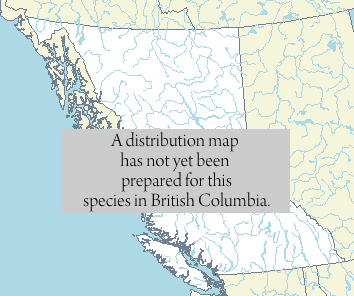This is an introduced European species of earthworm. Reynolds (1977) provides the following description for it: “Length 30-130 mm (generally< 70 mm), diameter 3-5 mm, segment number 80-110, prostomium epilobic, first dorsal pore 4/5 (sometimes 5/6). Clitellum xxiv, xxv, xxvi-xxxii. Tubercula pubertatis on xxviii-xxx. Setae closely paired,
AB = CD, BC < AA, anteriorly
DD -1/2C but posteriorly
DD <1/2C. Genital tumescences may be present around any of the setae on ix-xii, usually around setae
a and
b of xxiv-xxxii. Male pores with large glandular papillae on segment xv. Seminal vesicles, four pairs in 9-12. Spermathecae, two pairs with ducts opening near mD line in 9/10 and 10/11. Colour variable, purple, red, dark red, brownish red, sometimes alternating bands of red-brown on dorsum with pigmentless yellow intersegmental areas. Body cylindrical.”
Source:
Reynolds, John W. 1977.
The Earthworms (Lumbricidae and Sparganophilidae) of Ontario. Life Science Miscellaneous Publications,
Royal Ontario Musuem, Toronto, with permission.
